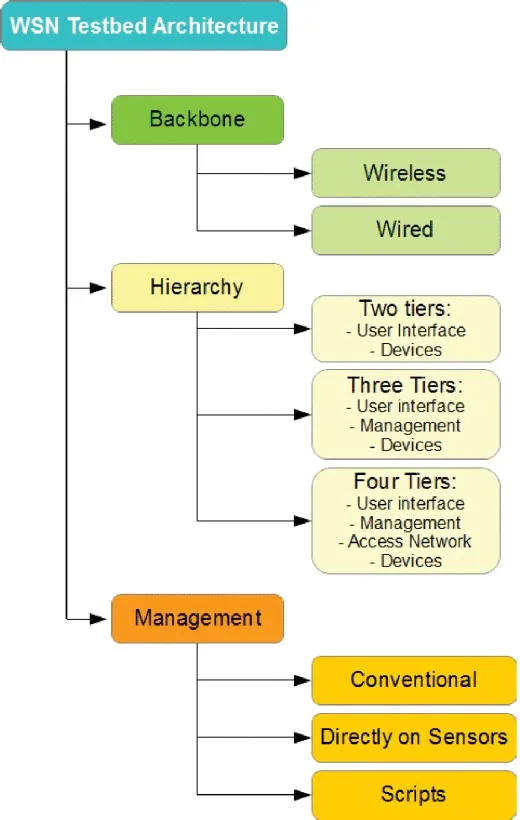Experimental Environments for the Internet of Things: A Review
The rapid technological development of the Internet of Things (IoT) has significantly influenced our daily life. The convergence of physical and digital worlds through local networks or global internet and interacting wirelessly through micro-sensors has made the human-machine interaction smooth and seamless. The IoT applications have diverse use in governmental organisations, industries, agriculture, environment, healthcare monitoring, intelligent traffic management, smart homes and smart city projects, to name a few. The number of IoT-enabled applications and things is increasing substantially with advancement in technology.
However, the applications of IoT require validation due to safety, privacy and various other challenges and concerns under realistic conditions before actual implementation. The validation conducted by software through emulators and simulators has limitations that can prevent a realistic approximation of the system behavior in real environments. Hence it raised the need for more precise testing techniques. It led to the development of experimental platforms (testbeds) consisting of real devices in a realistic environment for running experiments on real nodes before implementation, making it an essential requirement for the validation and experimentation of IoT applications.
Testbeds help to understand the mechanism for deploying applications, modifying the configuration parameters of the network nodes, monitoring metrics such as power consumption, packet delivery rate and latency that are important for WSNs managements activities.
The testbeds are classified based on three main characteristics which define their success: the type of backbone connecting the nodes to the central control of the testbed (wired or wireless); the infrastructure hierarchy and the operation of the testbeds (two, three or four tiers); and the type of management and control of experiments (scripts, directly on sensors or conventional network management).
The selection of a testbed depends upon parameters like the number of devices it allows to connect, the transmission rate on which these devices communicate, the offered communication protocol such as WiFi, Bluetooth, Ethernet, XBee, 3G/4G/5G, overall energy consumption, programmability, open-source development, lifetime, communication radius, topology, gateway, target applications, and overall cost.
Lazarescue, Smart Santander and ExScal can connect the maximum number of devices, over 1000 nodes. Most of them are on-the-fly programmable and. ExScal and Trio are for intrusion detection, Motelab is for indoor applications, Sensorscope is for environment monitoring and Lazarescue is best suited for event detection. Rest others are general purpose testbeds. ExScal, Sensorscope, TWIST, Lazarescu and Smart Santander are low-cost platforms, whereas Monarch Project, ORBIT, Citysense are high-cost options. Motelab, Trio, Lazarescu and Smart Santander transmit at 250 kbps rate, which is sufficient. Of them except Trio have an infinite or high lifetime. Overall, Smart Santander stands out among all testbeds on most of the parameters.
The validation of protocols and IoT applications demand specific experimental platforms to reduce risks and costs during deployment. The experimental testbeds provide an efficient platform for conducting practical IoT experiments under real conditions. It also shows a positive impact on users’ attitudes toward IoT experimentation and its implementation.




